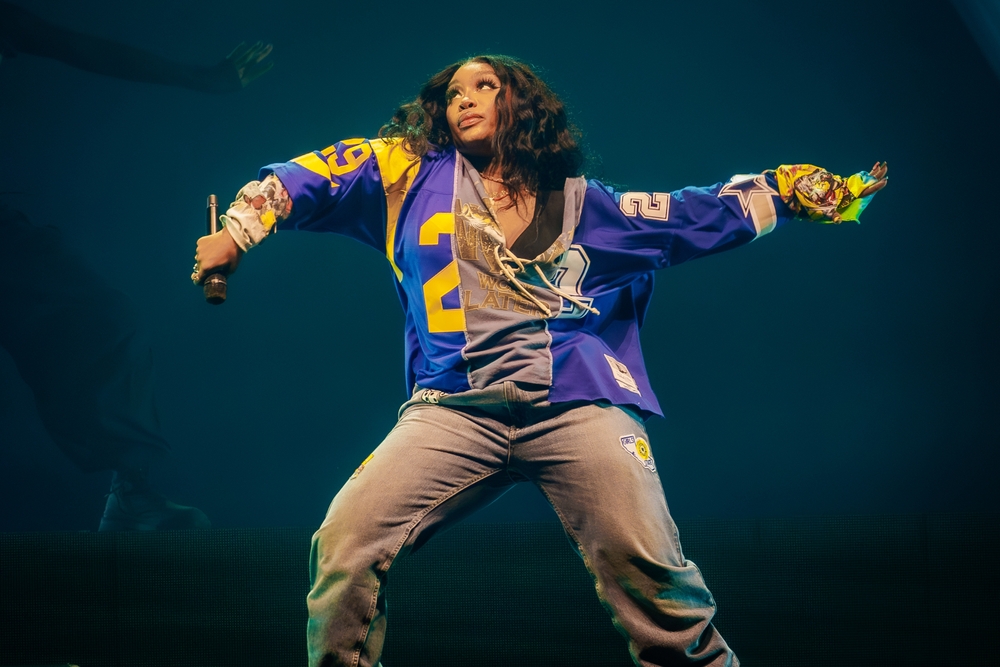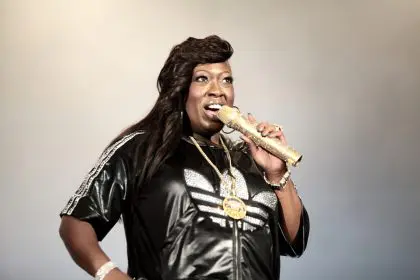The landscape of modern music continues to evolve as established artists embrace and elevate emerging talents who challenge conventional categorization. Grammy-winning artist SZA has prominently positioned herself at the forefront of this movement by declaring Doechii as her current favorite artist, marking a significant moment in the ongoing transformation of musical expression and industry standards. This endorsement not only highlights the changing dynamics of artist recognition but also underscores the growing importance of cross-generational support in the music industry.
The emergence of a revolutionary artist
Doechii‘s ascent in the music industry represents more than just another success story. Her artistic approach seamlessly weaves together elements of hip-hop, R&B, and pop, creating a sonic tapestry that defies traditional categorization. This innovative blend has captured the attention of industry veterans and audiences alike, establishing her as a pioneering force in contemporary music.
The artist’s ability to navigate multiple genres while maintaining authenticity has resonated deeply with audiences seeking fresh perspectives in music. Her compositions demonstrate technical prowess while pushing creative boundaries, setting new standards for artistic expression in the digital age. Through her distinctive style and fearless approach to music creation, Doechii has carved out a unique space in an increasingly crowded industry landscape.
Breaking down genre barriers
The recognition from SZA highlights a broader transformation within the music industry, where rigid genre classifications are increasingly viewed as outdated constraints rather than useful categories. This shift reflects a growing understanding that artistic expression often transcends traditional boundaries, leading to richer, more nuanced musical experiences. The dismantling of these conventional barriers has opened new avenues for artistic collaboration and experimentation, fostering an environment where innovation thrives.
The impact of this genre fluidity extends beyond individual artists, influencing production techniques that blend diverse musical elements, marketing strategies that target broader audience demographics, and collaboration opportunities across different musical styles. Festival lineups now showcase diverse artistic expressions, while streaming platforms are reconsidering their categorization methods to better reflect this evolution. This transformation has fundamentally altered how music is created, distributed, and consumed in the modern era.
Innovation in modern music
The contemporary music landscape increasingly values artists who can seamlessly integrate multiple influences into their work. Creative liberation allows artists unprecedented freedom to explore various sounds and styles without concern for genre constraints. This liberation has led to innovative combinations that might have been considered unconventional in previous eras, resulting in groundbreaking musical experiences that challenge and excite audiences.
Through transcending traditional genre boundaries, artists can connect with diverse listener groups, creating more inclusive and expansive fan communities. This broader reach contributes to the sustainability of their careers while enriching the musical experience for audiences. The music industry itself is adapting to accommodate these changes, with streaming platforms and record labels reconsidering how they categorize and promote artists who don’t fit neatly into established genres. This evolution in industry practices reflects a deeper understanding of modern musical creativity.
Building community through artistic freedom
The relationship between established artists like SZA and emerging talents like Doechii exemplifies the collaborative spirit driving modern music forward. This mentorship and support system helps create stronger artistic networks and more diverse musical landscapes. The increased opportunities for experimental projects and enhanced creative dialogue between artists have fostered greater support for boundary-pushing music, creating an environment where artistic innovation is not just encouraged but celebrated.
The community aspect of this evolution extends beyond artist-to-artist relationships, encompassing fans, industry professionals, and cultural commentators who all play crucial roles in shaping the future of music. This collective engagement has created a more dynamic and responsive musical ecosystem that better serves both creators and consumers.
Future implications
The endorsement from SZA represents more than personal preference; it signals a shifting paradigm in how success and artistic merit are measured in the music industry. As more artists embrace genre fluidity, we can expect to see increased collaboration across musical styles and more experimental production techniques. The evolution in music education and training continues to adapt to these changes, while industry marketing strategies develop to support this new era of musical expression.
The development of new musical categories and frameworks for understanding contemporary artists’ work suggests a future where creativity knows no bounds. This transformation promises to yield even more innovative approaches to music creation and distribution, ultimately enriching the cultural landscape for both artists and audiences alike. As we move forward, the influence of artists like Doechii and their supporters will continue to shape the trajectory of modern music, creating new possibilities for artistic expression and audience engagement.














